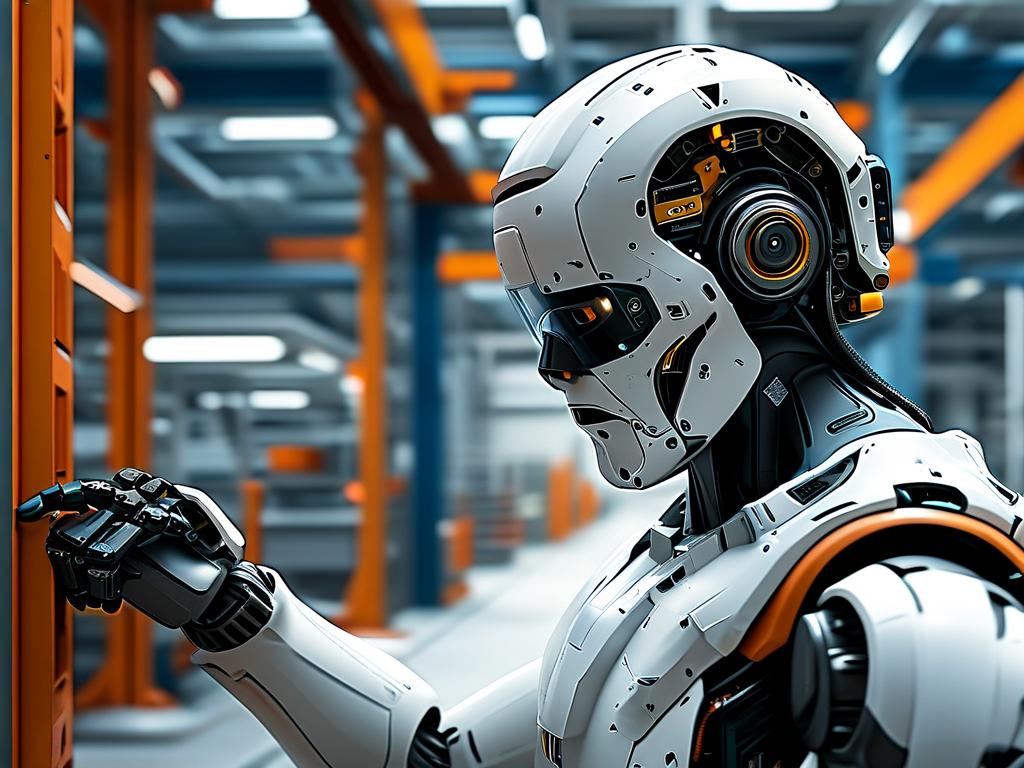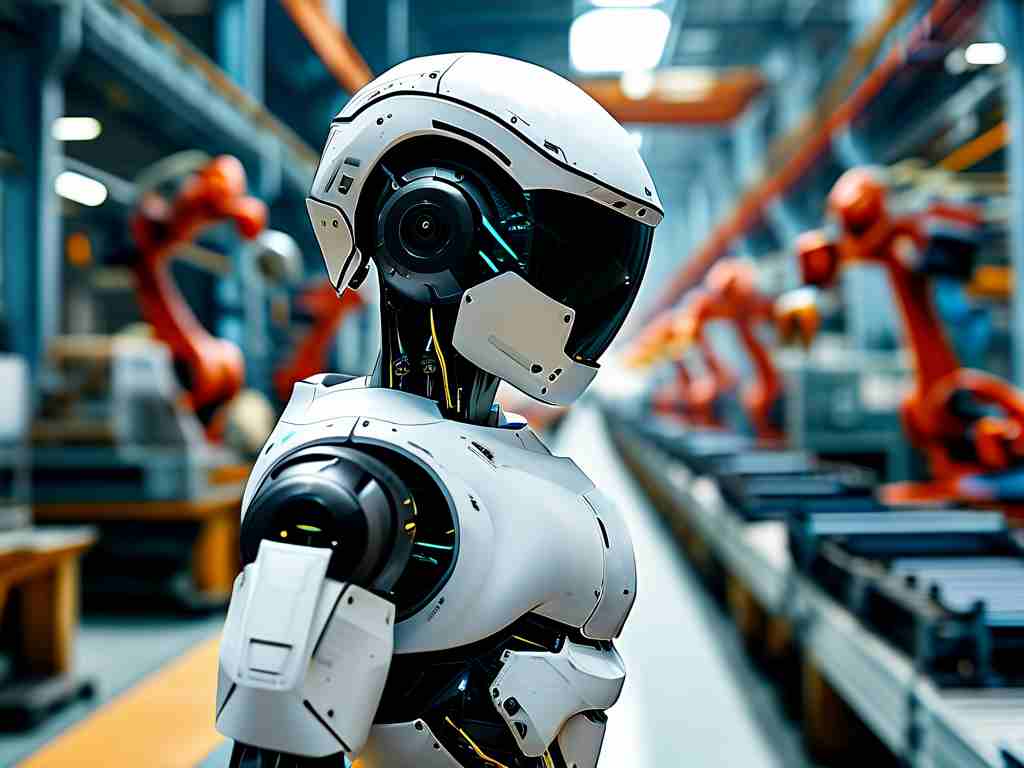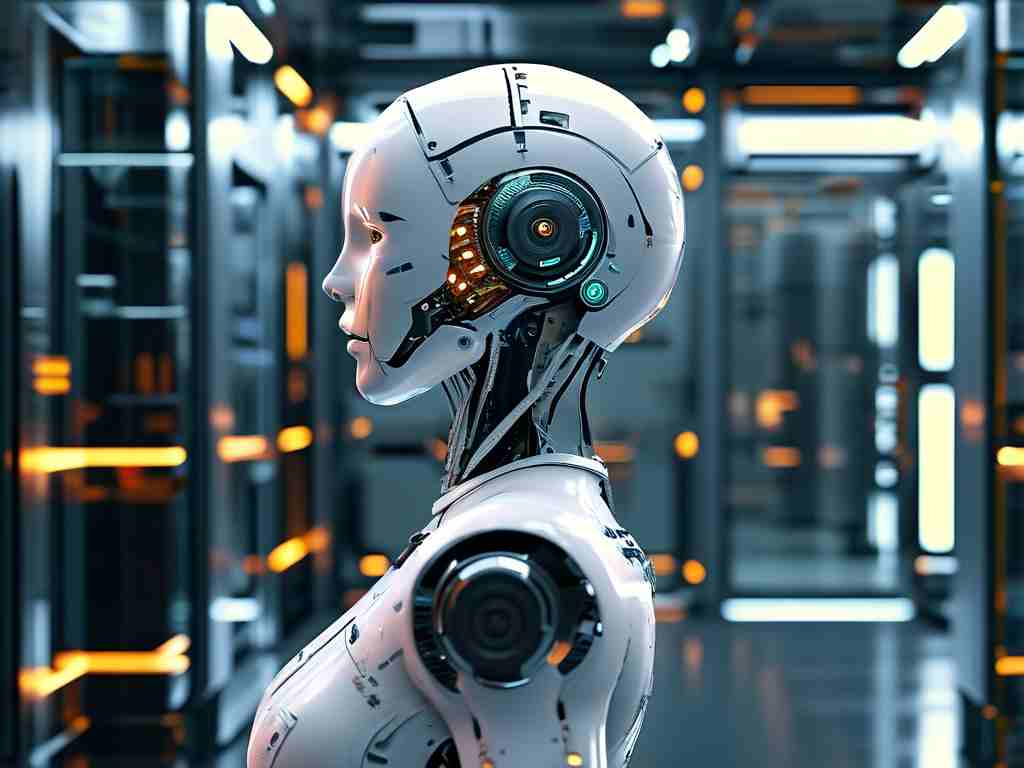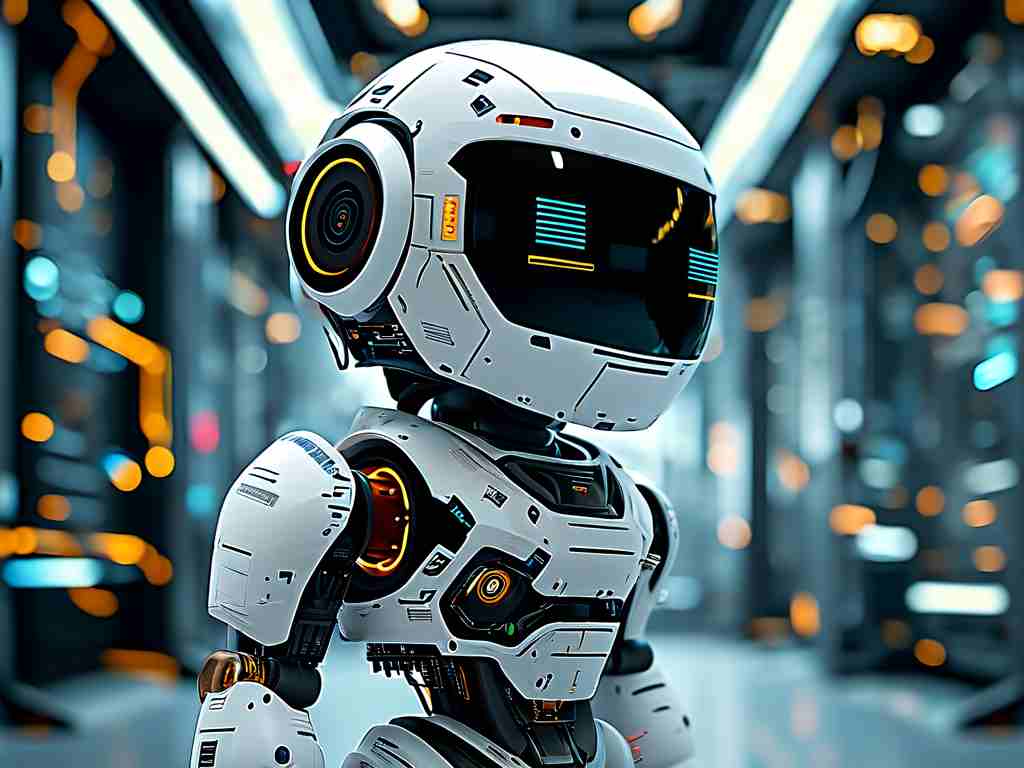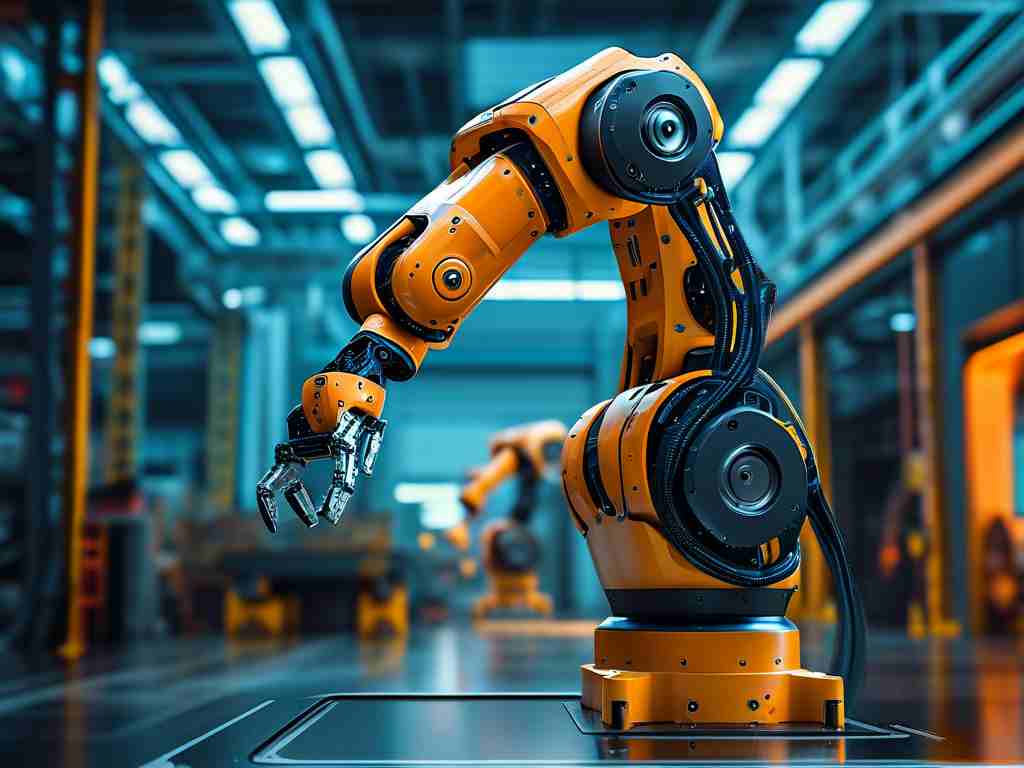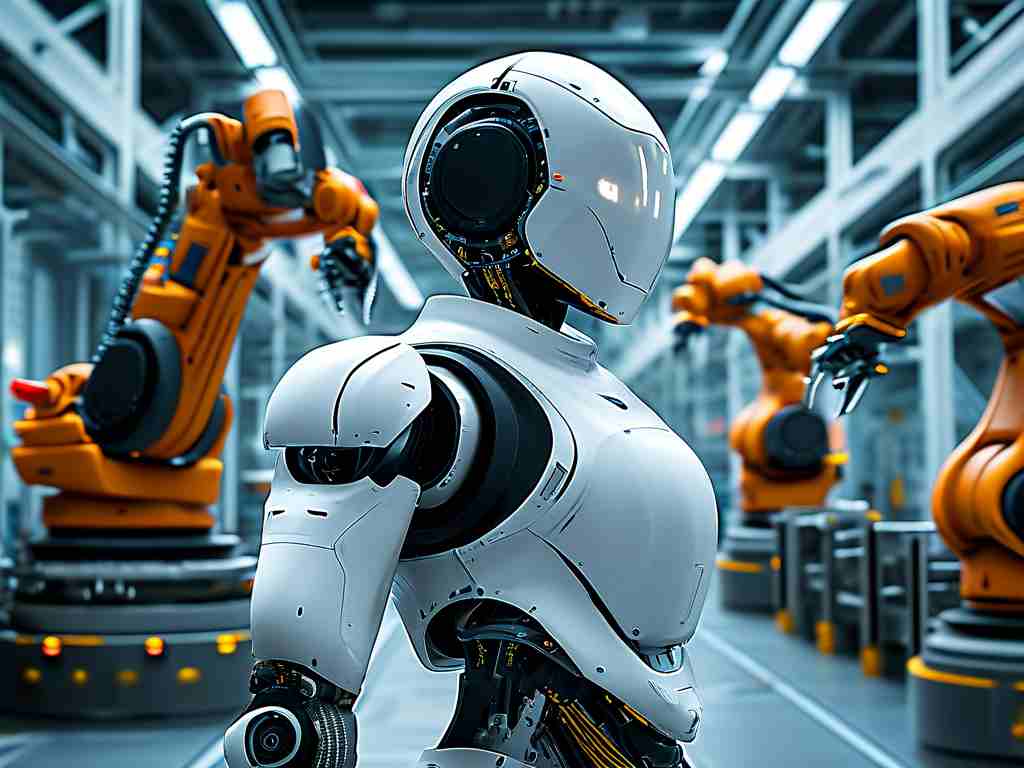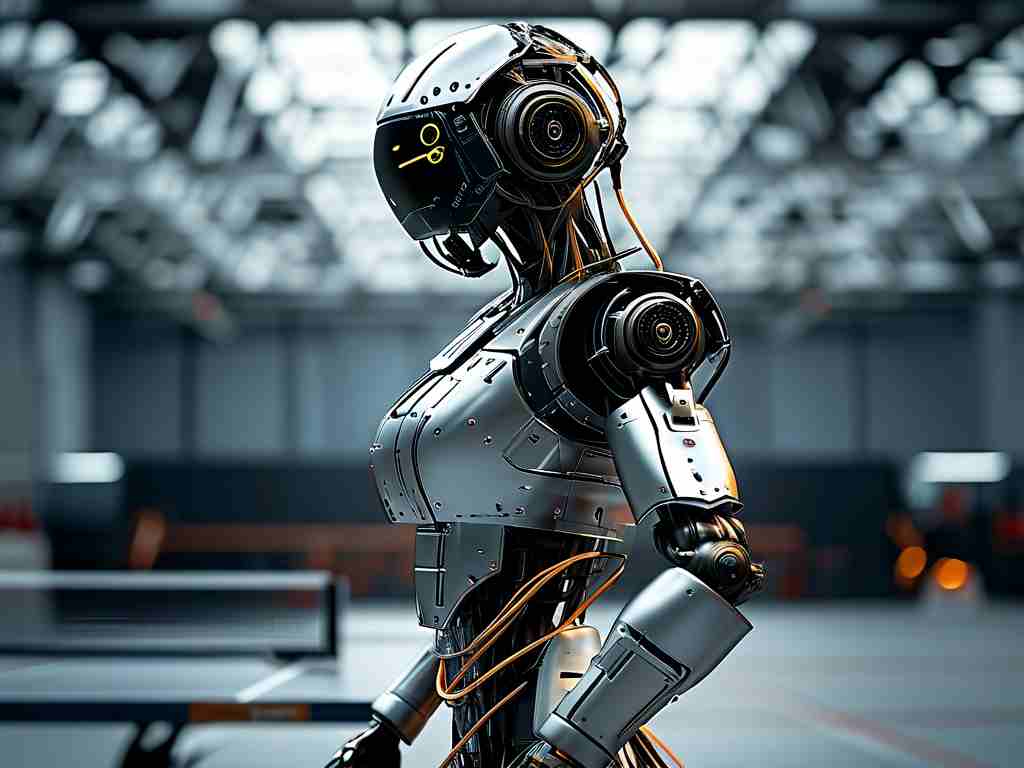The global automation revolution has elevated demand for imported industrial robots, with maintenance technology becoming a critical factor in sustaining operational efficiency. As multinational corporations increasingly deploy robotic systems from leading manufacturers like Fanuc, ABB, and KUKA, specialized repair methodologies have emerged to address complex technical challenges.
Technical Complexity in Cross-Border Repairs
Modern imported robots integrate proprietary software architectures and hybrid sensor networks that require manufacturer-specific diagnostic protocols. For instance, KUKA's KR C4 controller utilizes encrypted error-logging systems inaccessible through generic engineering software. This necessitates certified technicians to decode fault patterns using OEM-supplied interfaces. A 2023 industry report revealed that 68% of unplanned downtime in Asian manufacturing plants stemmed from improper troubleshooting of European-made robotic arms, highlighting the gap in localized technical expertise.
Adaptive Maintenance Frameworks
Leading maintenance providers now adopt predictive analytics platforms synced with robotic operational data. By aggregating vibration signatures, thermal imaging patterns, and power consumption metrics, these systems can forecast component failures 72 hours in advance with 89% accuracy. Siemens' MindSphere-based solution, implemented in German automotive factories, reduced maintenance costs by 37% through AI-driven lubrication cycle optimization for imported assembly-line robots.
Regulatory and Logistical Challenges
Cross-border equipment servicing faces unique hurdles, including customs clearance for replacement parts and compliance with regional safety standards. The recent EU Machinery Directive update mandates dual-certification for repair tools used on Chinese-modified ABB units. Case studies from Brazilian pharmaceutical labs demonstrate how modular replacement kits – pre-certified for multiple jurisdictions – cut robot recalibration time from 14 days to 48 hours post-failure.
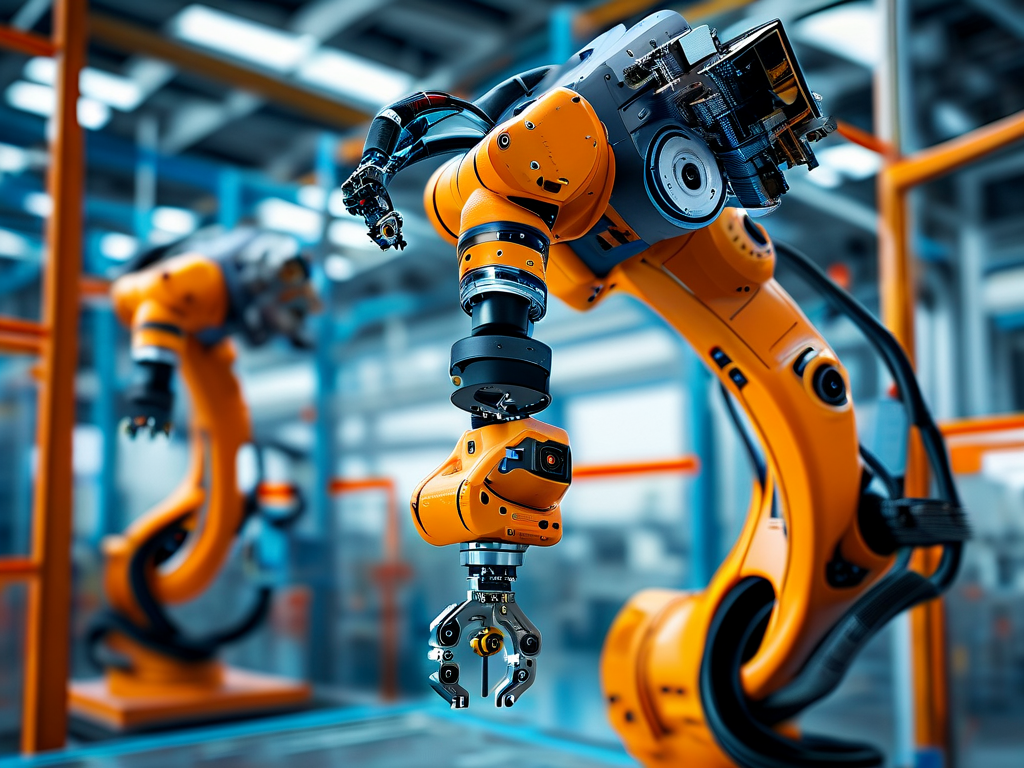
Skill Development Initiatives
Vocational training programs now emphasize hybrid competencies combining traditional mechatronics with language-specific programming. South Korea's Robot Maintenance Specialist Certification requires technicians to master Japanese technical manuals for Yaskawa Motoman units while understanding Mandarin-based error codes from ESTUN welding robots. This multilingual approach has improved first-repair success rates by 41% across ASEAN electronics manufacturers.
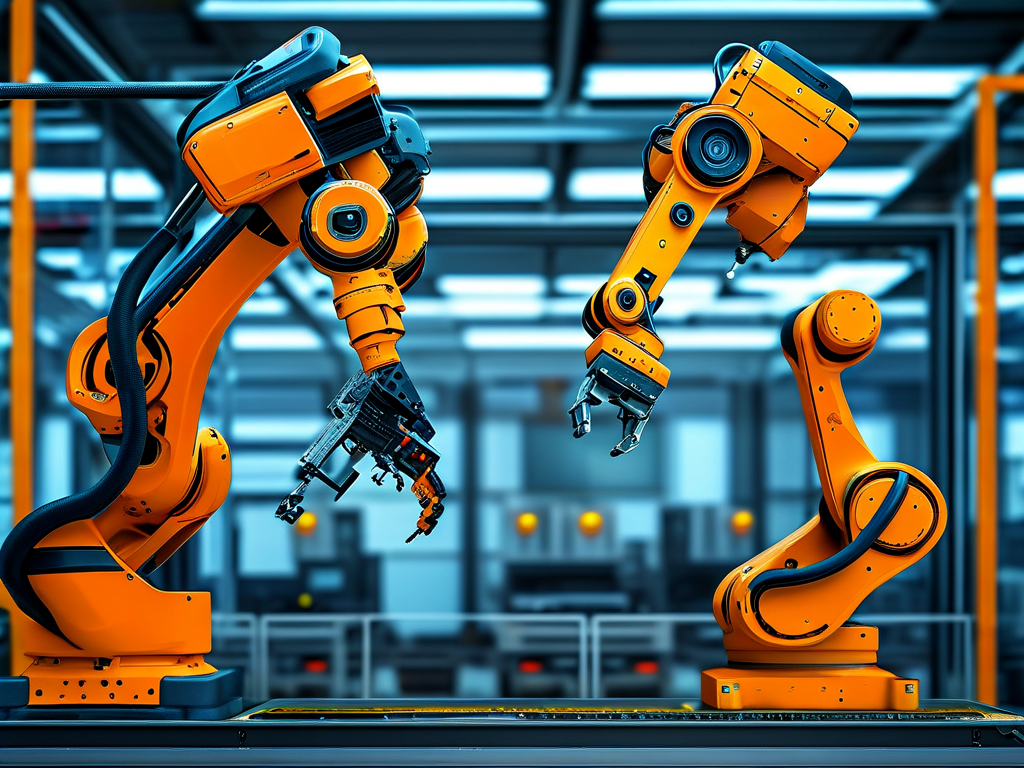
Emerging Technologies in Field Repairs
Portable quantum computing devices are revolutionizing on-site diagnostics. Lockheed Martin's field trial in Texas showcased how quantum-assisted algorithms decrypted Fanuc R-2000iC error clusters 18x faster than conventional methods. Meanwhile, augmented reality (AR) guided repair systems project holographic torque specifications directly onto robotic joints, reducing human error during bearing replacements.
The convergence of these innovations suggests a future where imported robot maintenance transitions from reactive troubleshooting to proactive ecosystem management. As 5G-enabled digital twins become mainstream, real-time performance mirroring of overseas robotic assets will enable preemptive component replacements before critical failures occur. However, this evolution demands continued investment in cross-cultural technical education and international standardization efforts.
Manufacturers relying on imported automation must prioritize partnerships with certified maintenance providers while advocating for globalized repair protocols. Only through such collaborative measures can industries fully harness the potential of advanced robotic systems while maintaining peak operational reliability.


